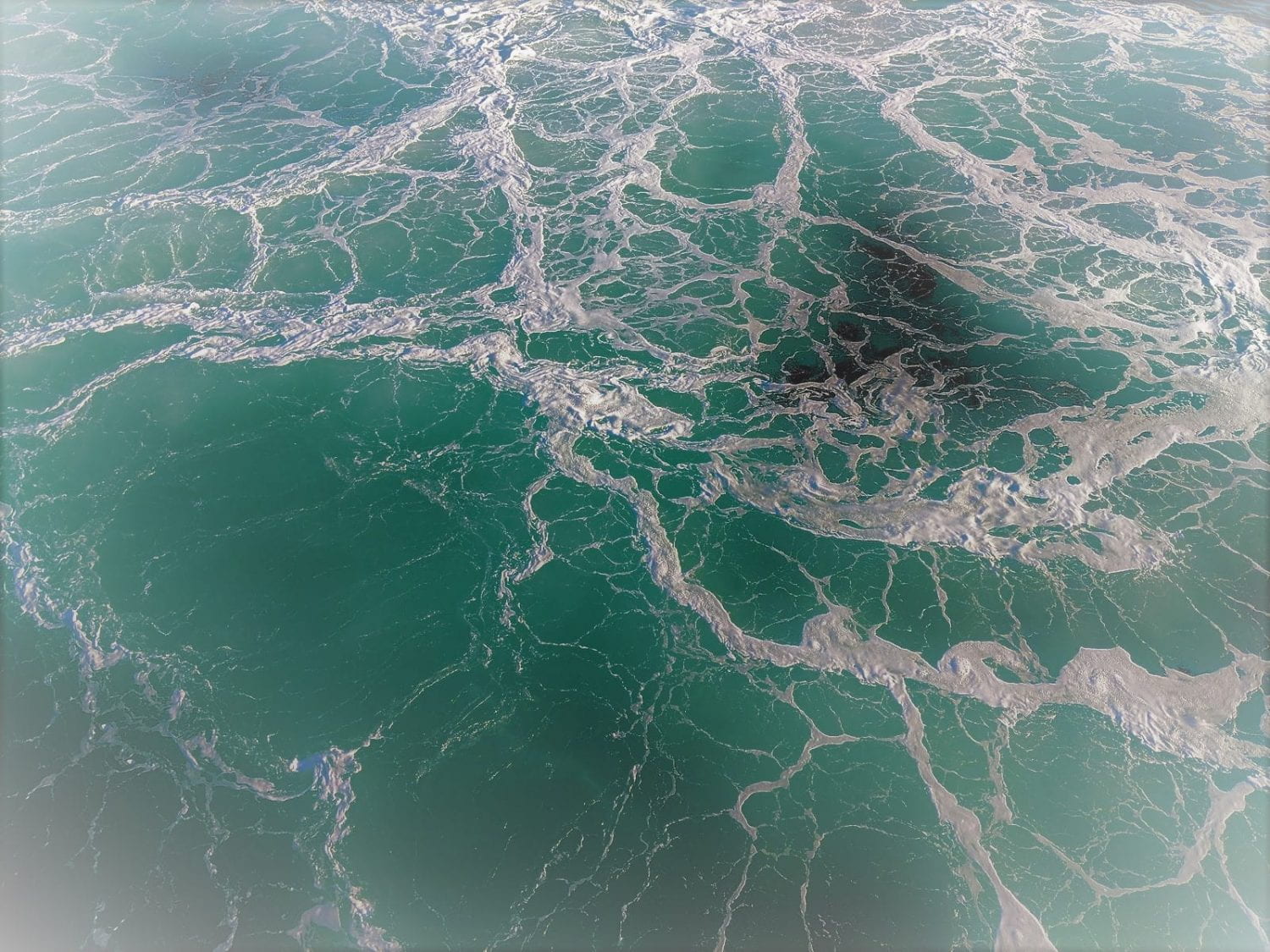Aboriginal Fisheries in British Columbia
Item
-
Title
-
Aboriginal Fisheries in British Columbia
-
Description
-
Indigenous Foundations at the University of British Columbia presents information on Aboriginal fishing since time immemorial, Coast Salish harvesting methods, the introduction of canneries and a wage-based economy, the creation of an Aboriginal “food fishery,” and Aboriginal fisheries in the courts (Sparrow, Van der Peet, etc.).
-
Abstract
-
In this section, we will examine how the “food fishery” came to be, and how it has worked to conserve salmon for the benefit of the non-Native industrial fishery. We will explore how Indigenous fisheries management was replaced with state regulation, and the circumstances Indigenous fishers must still navigate in order to harvest fish from their ancestral fishing grounds: declining runs, increasing competition from sports and non-Native commercial fisheries, restrictions on gear types, fishing spots and openings, and legal precedents that define the Aboriginal right to fish for food. As part of our look at the rise of the food fishery and the difficulties Indigenous peoples face in gaining recognition of the right to sell fish commercially, we will also briefly examine the participation of Indigenous fishers in the industrial fisheries, and how they functioned alongside the traditional fisheries.
-
Publisher
-
Indigenous Foundations
